
Find datasource dependencies in CI-D
When working in CI-D and replacing a datasource with another, for example replacing Power Query Datasource with Delta, then finding any dependencies for this is important. This is a tip that I got from Microsoft Fast Track Architect Ashwini Puranik, so credit should go to her. You can use the API testing functionality that is part of CI-D to query the ListAllMeasuresMetadata. Keep on reading to get some more details.
As the general recommendation for CI-D is to move to Delta-based data sources from Power Query due to performance. However, doing this shift will require you to reroute all dependencies to the new table before you can remove the data source.
Below is a way to find the dependencies based on Measures and Segments defined in CI-D.
Start by going into the API testing tool that is available for CI-D using the Permissions-area and the tab “API”.
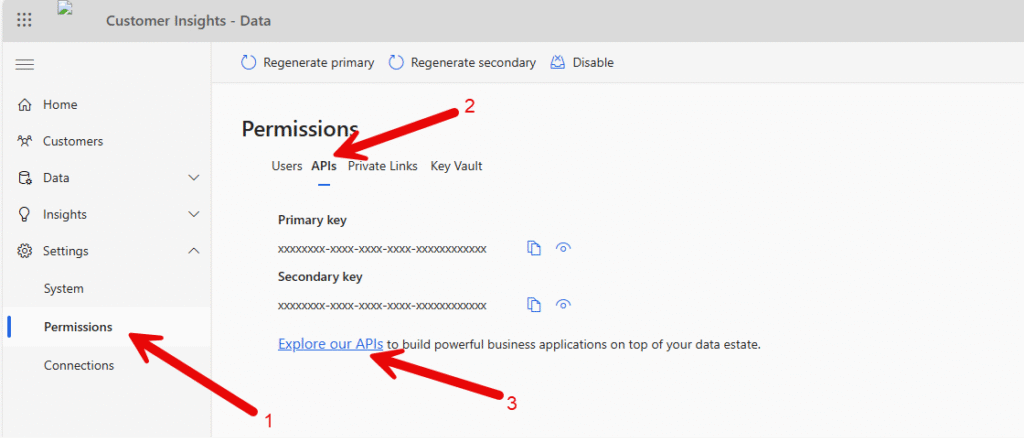
Choose the only available API, Customer insights – v1.
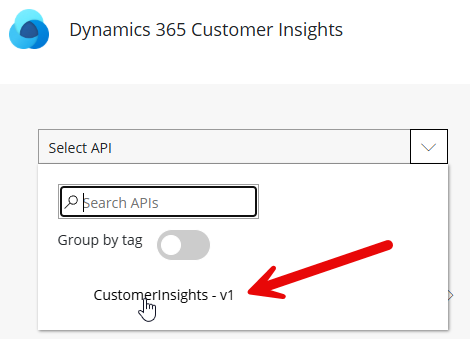
Now search for ListAll and select “ListAllMeasuresMetadata”.
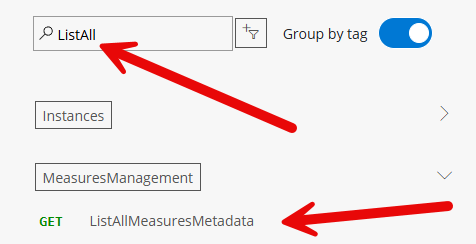
This will show a more detailed description of the endpoint. Now click “Try it!” in the green button on the right hand side.
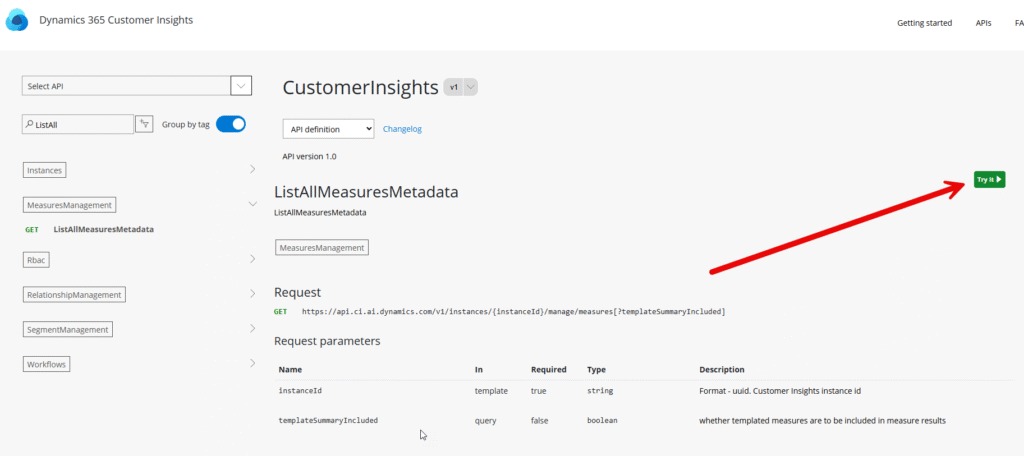
This will show a panel on the right hand side where you have to input some required data.
For an easy test, just select “implicit” in the Authroization drop down and put the instanceid into the field for it. In case you don’t know where to find the instanceid, you can grab it from the URL when you are using CI-D using the normal UI as it is the only guid in the URL.
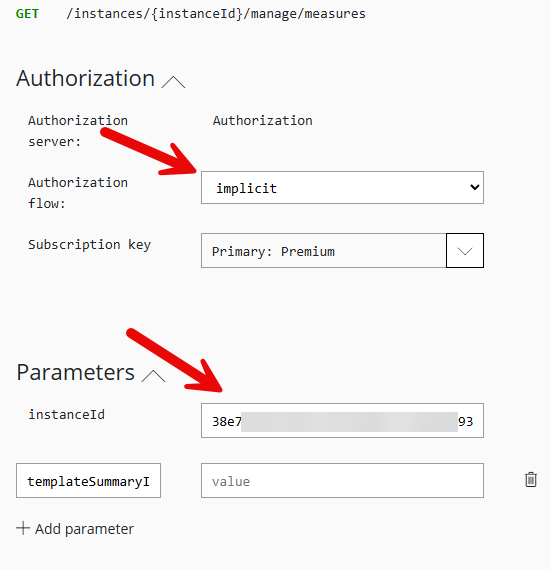
That is all that is required, so scroll down to the bottom and press “Send”

You will now see a long text (json) which is the response from the api call. You can use the built in search in the browser to find all occurances of a datasource. You can use either the Display name or the schema name as both are in the JSON. As you can see below, the Measure “Total unique clicks last month” is one of the measures that has a dependency on the Datasource named “FreshRelevanceAZblob_FreshrelevanceAZBlobInbox”.
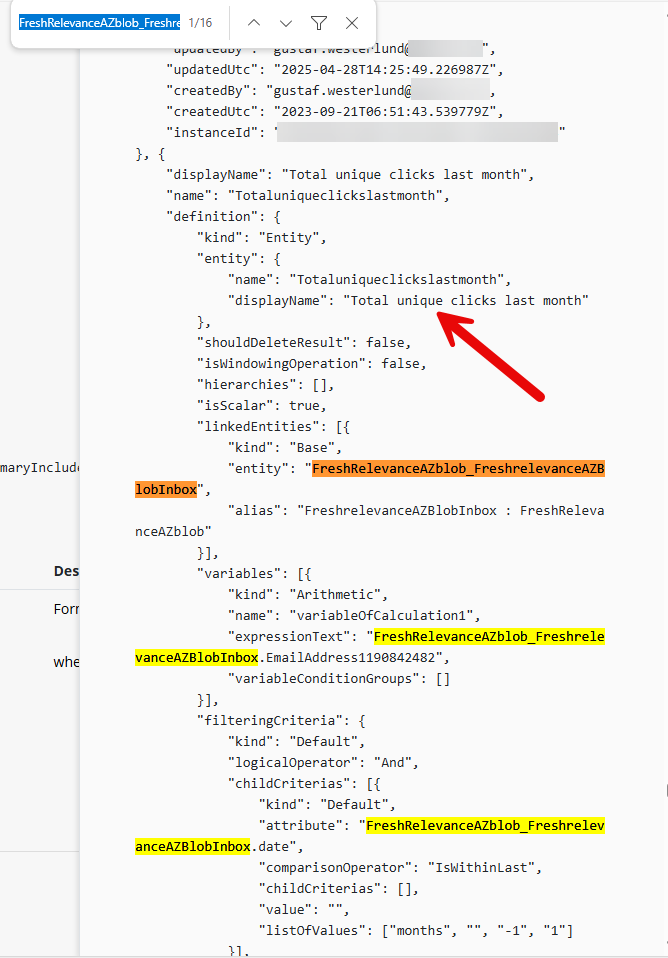
Now there are a few options, either remove the measure. This is a good option if you want to fix this quickly or the measure isn’t being used, if it is used there can on the other hand be many dependencies on the measure making it a lot more complex to remove. The other option is hence to just change all dependencies in it to another (Delta) datasource. You will then have to refresh the data source to remove the dependency fully. You can rerun the query by resending it using the button at the very end.
Once you have removed all dependencies on the data source from measures, there might still be dependencies from segments. You can use a similar method as above, but the endpoint you want to use in this case is “ListAllSegments”.

You can still have dependencies left on the datasource, for instance from things externally using the table from the CI-D API. This doesn’t actually block you from removing the data source but whatever you are doing externally will stop working once you have removed the data source. Naturally.
I hope this has helped and thanks a lot to Microsoft Fast Track Architect Ashwini Puranik for pointing me in this direction.

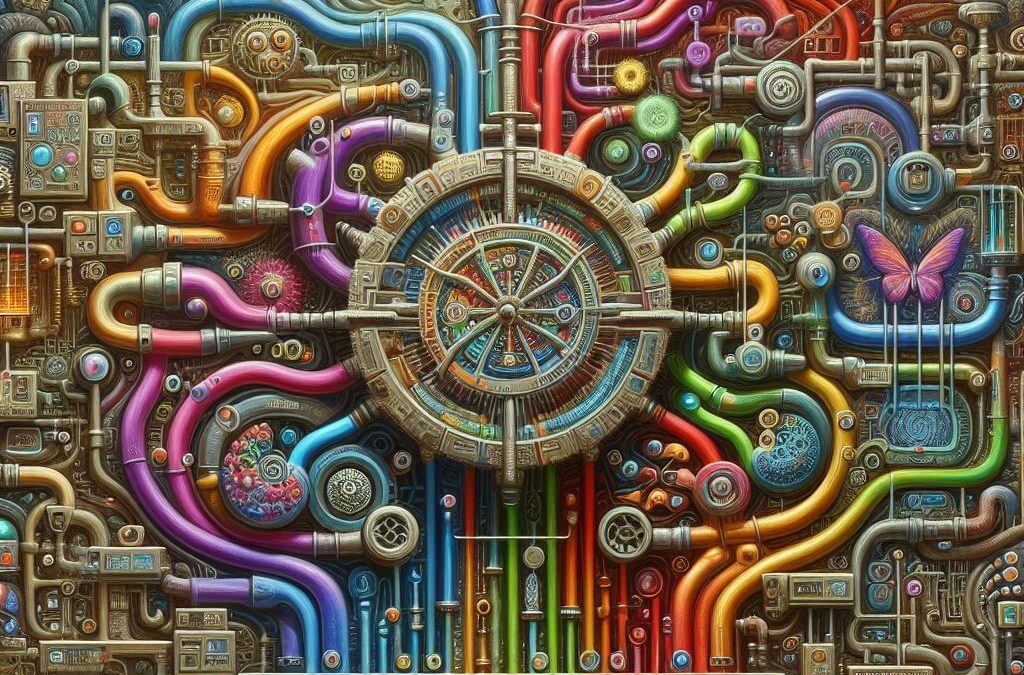
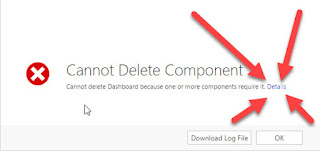


Recent Comments